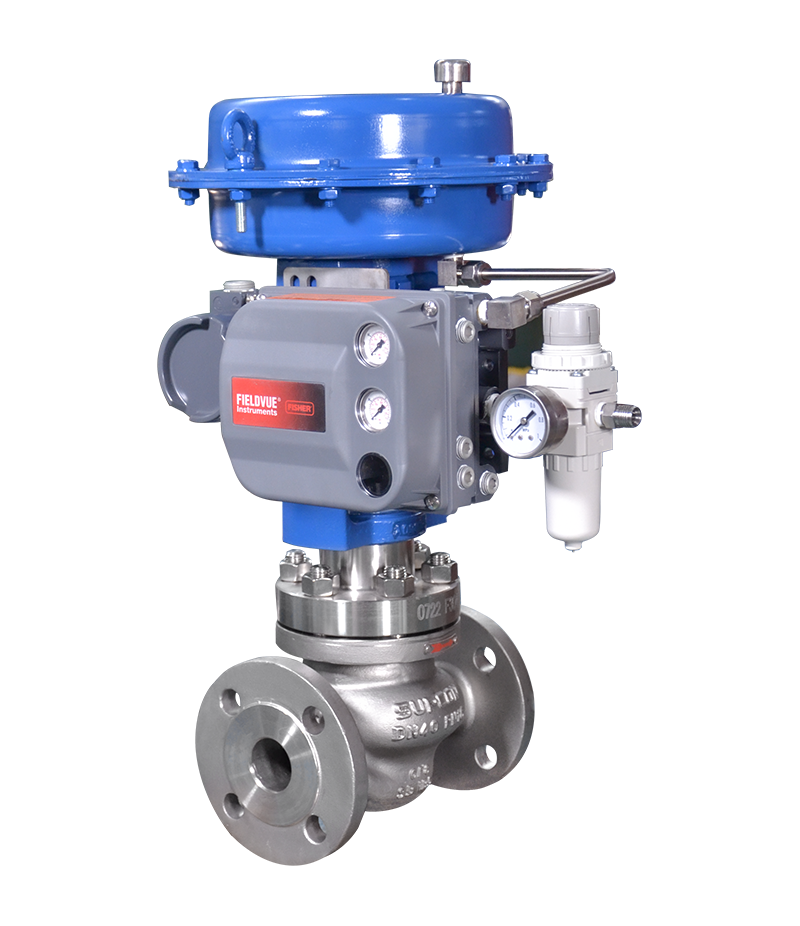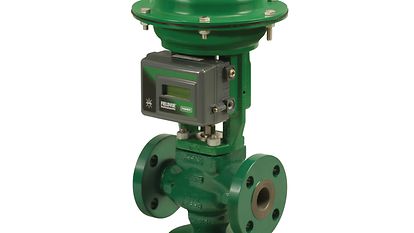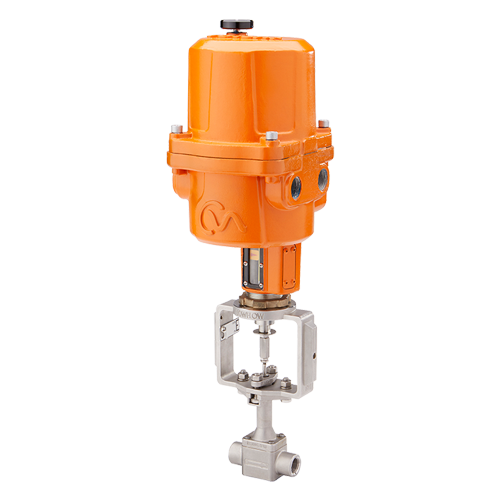The Role of Control Valves in Fluid Flow Management Systems
The Role of Control Valves in Fluid Flow Management Systems
Blog Article
Achieve Seamless Combination and Control With Top Quality Building Automation Controls
In the realm of modern-day structure management, the importance of quality structure automation controls can not be overstated. As modern technology remains to advance, the combination and control of different systems within a building have actually advanced to be extra advanced and effective. The smooth operation and monitoring of lights, HVAC, safety and security, and various other building functions have ended up being paramount for enhancing passenger convenience, energy performance, and overall functional effectiveness. Nonetheless, the journey in the direction of achieving real combination and control is a diverse one, with considerations varying from system compatibility to cybersecurity. Embracing top quality structure automation controls is not simply a matter of benefit but a strategic necessary for organizations aiming to maximize their centers' performance and sustainability.

Development of Building Automation Controls
Throughout the past couple of years, the development of constructing automation controls has significantly changed the means structures are managed and run. Constructing automation systems largely concentrated on basic functions such as regulating air flow, air, and heating conditioning (HEATING AND COOLING) systems. Nevertheless, as innovation progressed, these controls have actually ended up being much more advanced, enabling a bigger variety of structure systems to be incorporated and taken care of centrally.
The evolution of developing automation controls has seen a change in the direction of even more intelligent systems that can adapt to changing conditions in real-time. This flexibility is vital for optimizing energy performance and making certain passenger comfort. In addition, modern structure automation controls now use attributes such as predictive upkeep, remote surveillance, and data analytics, enabling center managers to make data-driven choices to boost building performance.

Advantages of High Quality Integration
The improvement in building automation regulates in the direction of more smart systems has actually highlighted the significant advantages of top quality integration in enhancing structure procedures and improving overall efficiency. This centralized control additionally supplies far better exposure and insights into structure performance, enabling aggressive maintenance and optimization approaches. On the whole, the advantages of high quality assimilation in building automation controls are undeniable, supplying increased performance, comfort, and functional effectiveness.
Enhanced Individual Experience and Accessibility
Enhancing customer interaction with building automation manages through intuitive style and improved accessibility elevates the total experience for residents and facility managers alike. By focusing on user experience, constructing automation systems can become a lot more straightforward and effective. User-friendly user interfaces, clear navigation, and personalized setups encourage users to interact with the controls conveniently and successfully.
Access attributes play an essential role in making certain that all individuals, consisting of those with disabilities, can use the building automation regulates effortlessly. Integrating features such as voice commands, tactile buttons, and color-contrasted screens can improve ease of access and make the controls much more inclusive.
In addition, boosted individual experience results in greater user fulfillment, enhanced performance, and much better decision-making. Passengers can change environmental setups according to their choices, while facility managers can successfully keep an eye on and manage structure systems - control valves. In general, focusing on user experience and access in building automation regulates contributes to a much more smooth and effective structure atmosphere for all stakeholders involved
Sustainable Practices Via Automation

In addition, automation can assist in the integration of renewable power resources such as photovoltaic panels or wind generators into building operations. By instantly adjusting energy use based on the accessibility of renewable power, buildings can better reduce their dependence on non-renewable sources. This seamless assimilation of lasting methods not only profits the environment however likewise improves the overall operational performance and cost-effectiveness of the structure. Through automation, buildings can line up with modern-day sustainability objectives and add to a greener future.
Future Trends in Building Control Solution
In anticipation of progressing innovations and advancing sustainability techniques, the trajectory of structure control systems is poised to embrace innovative solutions and transformative approaches. One noticeable pattern forming the future of building control systems is the enhanced integration of Expert system (AI) and device discovering. These modern technologies enable buildings to adapt in real-time to transforming problems, maximizing energy usage and boosting comfort for owners. Furthermore, the Web of Points (IoT) is changing building control systems by connecting sensing units and gadgets to streamline procedures and improve performance.
One more vital fad is the focus on cybersecurity steps to secure versus possible threats to developing automation systems. As structures end up being much more interconnected, making certain durable cybersecurity methods will certainly be essential to secure sensitive data and protect against unauthorized gain access to.
Furthermore, the change in the direction of cloud-based platforms is gaining momentum, enabling centralized control and remote access to building systems. This assists in easier monitoring, upkeep, and updates, boosting the overall efficiency and adaptability of building control systems. As modern technology remains to advancement, these patterns are anticipated to form the future landscape of structure automation controls, driving innovation and sustainability in the developed atmosphere.
Verdict
To conclude, developing automation controls have actually developed considerably, offering countless advantages such as improved individual experience, accessibility, and sustainable practices. Quality integration plays a crucial role in achieving smooth control and efficient operation of structure systems. Future patterns in More about the author building control systems are most likely to concentrate on more enhancing automation abilities for boosted energy efficiency and general efficiency. It is important for building proprietors and operators to prioritize the fostering of high quality structure automation manages to enhance building operations and achieve long-lasting sustainability goals.
In the realm of modern building administration, the value of high quality building automation controls can not be overemphasized. In general, the evolution of building automation regulates continues to drive technology in the building administration industry, using new opportunities for look these up producing smarter and much more lasting buildings.
The advancement in structure automation controls towards even more smart systems has underscored the substantial benefits of top quality integration in enhancing building operations and enhancing general performance. In general, focusing on user experience and ease of access in structure automation regulates contributes to a much more seamless and efficient building atmosphere for all stakeholders involved.
It is essential for building proprietors and drivers to prioritize the fostering of top quality building automation controls to enhance structure procedures and attain long-term sustainability goals. - control valves
Report this page